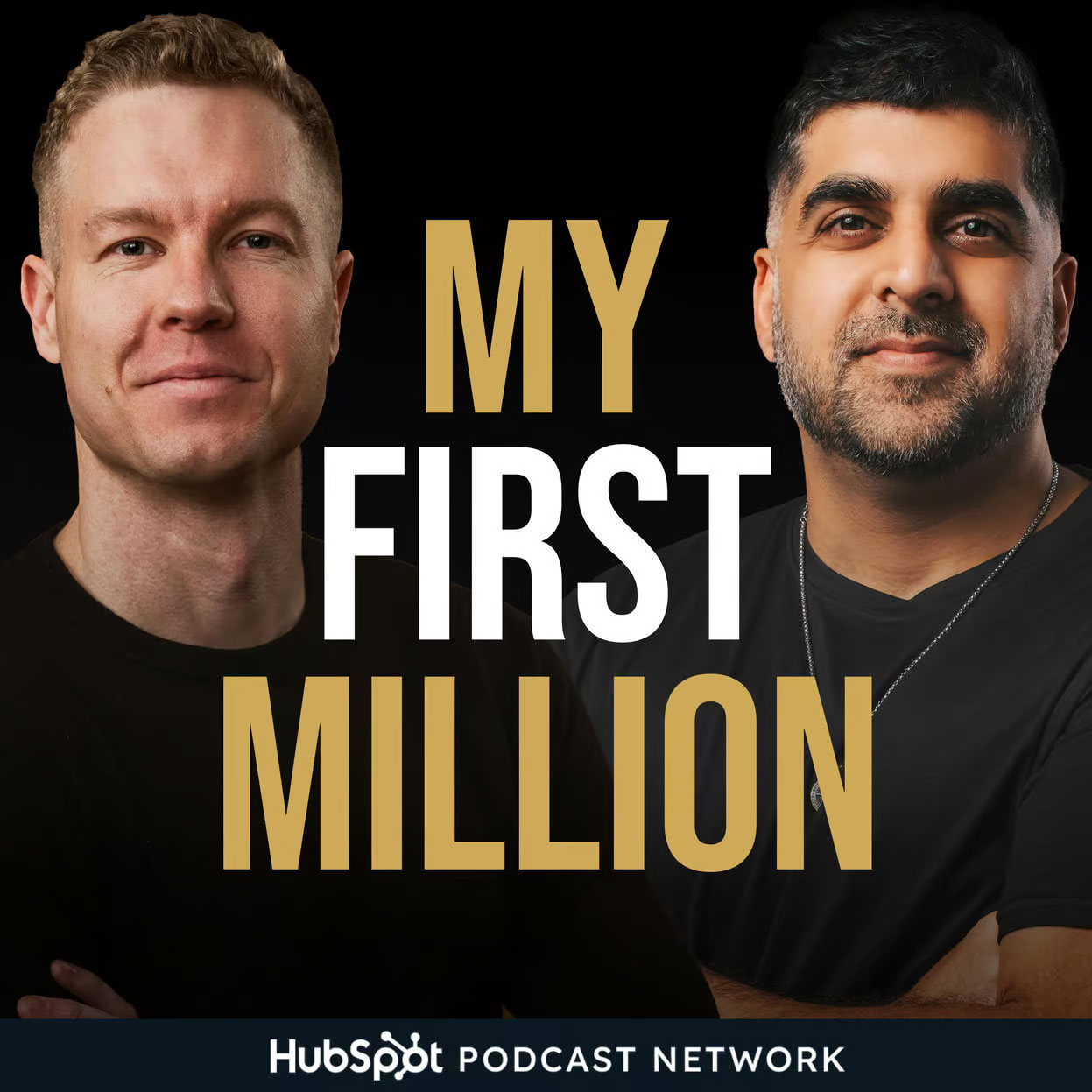Alright, listen up! You know what every business needs these days? A freakin’ newsletter database. Yeah, because who doesn’t want more emails clogging up their inbox? But seriously, if you’re not jumping on this bandwagon, you’re probably missing out on the chance to be the next newsletter millionaire. So, let’s dive into why you should care and how some companies have made stupid amounts of money doing this.
1. Direct Communication Channel: Reach Your Audience Without Interference
Newsletters offer a direct line to your audience. Forget social media where your posts get lost in the algorithm abyss. With newsletters, you’re in their inbox, front and center, annoying the crap out of them directly.
2. High ROI: The Goldmine of Digital Marketing
Email marketing is like finding a money-printing machine. It’s cheap, it’s effective, and it’s probably the only place you’ll get a high return on investment without selling your soul. People who subscribe are practically begging for you to sell them something.
3. Audience Segmentation: Deliver Tailored Content for Better Results
Segmenting your audience means you can send them exactly what they want to see. It’s like a dating app for your content – swipe left on the generic stuff, swipe right on the tailored gold. They’ll think you actually care about their preferences.
4. Data and Insights: The Power of Analytics
Every time you send a newsletter, you get a treasure trove of data. Open rates, click-through rates, unsubscribes – it’s like your own personal spy network. You’ll know more about your subscribers than they know about themselves. Creepy? Maybe. Useful? Absolutely.
5. Building Trust and Loyalty: Consistent Value Drives Engagement
Regularly sending out valuable content builds trust and loyalty. Or at least that’s what the marketing gurus say. In reality, it’s more like Stockholm Syndrome. They see your emails so often, they start thinking you’re some kind of expert.
6. Revenue Generation: Monetize Your Newsletter
Let’s not kid ourselves, the real reason you’re doing this is to make money. Newsletters can be a goldmine of revenue. Sponsorships, affiliate marketing, direct sales – it’s like finding loose change in the couch cushions but on a much larger scale.
Learn from the Best: Newsletter Giants That Struck Gold
Morning Brew: From Daily Emails to $75 Million
Morning Brew started as a simple business news newsletter and grew into a cash cow. These guys figured out how to make boring business news interesting and turned it into a $75 million deal with Insider Inc. They basically made reading the news cool again.
The Hustle: Engaging Content Leads to a $27 Million Acquisition
The Hustle was all about witty, engaging tech and business news. HubSpot saw the potential and forked over $27 million for it in 2021. Turns out, making people laugh while they learn can actually pay off. Who knew?
Substack: Empowering Writers and Valuing Content at $650 Million
Substack let writers charge for their newsletters and took a cut of the profits. Boom – $650 million valuation. They basically said, “Hey, writers, want to get paid without dealing with a publisher?” and the writers said, “Hell yes!”
Axios: Concise Journalism Worth Over $200 Million
Axios decided people have the attention span of a goldfish and started sending out bite-sized news pieces. It worked so well, they got funded and valued over $200 million. Who needs long-form content when you can just get to the point?
Conclusion: Your Turn to Tap into the Newsletter Goldmine
So, there you have it. Creating and nurturing a newsletter database is like planting a money tree in your backyard. Sure, it takes a little effort to get started, but once it’s going, you can just sit back and watch the dollars roll in. Follow in the footsteps of these newsletter giants and maybe, just maybe, you’ll strike gold too. Or at the very least, you’ll have something to show off at the next marketing meeting.



